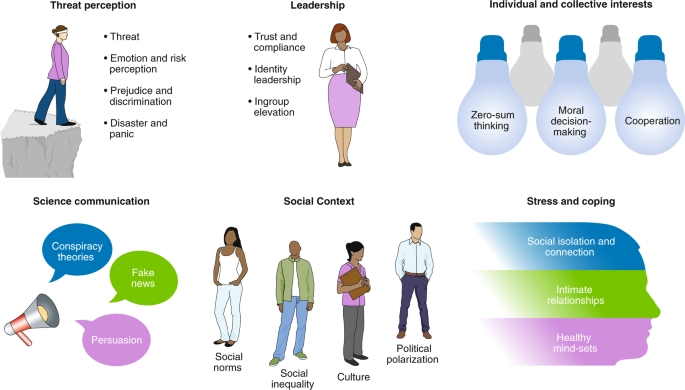
Unveiling Insights: Epidemic Transmission Modeling Studies
Epidemic transmission modeling studies play a pivotal role in understanding the dynamics of infectious diseases. This article delves into the significance of such studies, exploring how they contribute to our comprehension of epidemics and aid in developing effective preventive measures.
The Foundation of Epidemic Transmission Modeling
At the core of epidemic transmission modeling studies is the use of mathematical and computational models to simulate the spread of infectious diseases. These models consider various factors such as population density, contact patterns, transmission rates, and intervention strategies. By incorporating these elements, researchers can simulate different scenarios and predict the potential trajectory of an epidemic.
Predictive Insights for Public Health
One of the primary purposes of epidemic transmission modeling studies is to provide predictive insights for public health planning. These studies assist in forecasting the potential course of an epidemic, estimating the number of expected cases, identifying high-risk areas, and projecting the effectiveness of different intervention strategies. This foresight is invaluable for healthcare authorities to allocate resources and implement timely preventive measures.
Understanding Transmission Dynamics
Epidemic transmission models offer a nuanced understanding of the dynamics of disease spread. They help researchers and public health experts discern how infectious agents move through populations, considering factors such as the incubation period, infectious period, and the role of asymptomatic carriers. This comprehension is crucial for devising targeted interventions to break the chains of transmission.
Assessing the Impact of Interventions
Researchers use epidemic transmission models to assess the potential impact of various interventions. Whether it’s the implementation of social distancing measures, vaccination campaigns, or quarantine protocols, modeling studies enable a systematic evaluation of how these interventions can mitigate the spread of infectious diseases. This information guides decision-makers in choosing the most effective strategies.
Optimizing Resource Allocation
In the face of an epidemic, resources such as medical supplies, healthcare facilities, and personnel are often strained. Epidemic transmission modeling studies assist in optimizing resource allocation. By predicting the areas with the highest transmission rates, healthcare authorities can strategically deploy resources to where they are most needed, ensuring an efficient and targeted response.
Identifying Vulnerable Populations
Certain populations may be more vulnerable to the severe effects of infectious diseases. Epidemic transmission modeling studies help identify these vulnerable groups by considering factors like age, pre-existing health conditions, and socio-economic status. This knowledge is crucial for tailoring public health messages, vaccination priorities, and providing targeted support to those at higher risk.
Informing Public Health Policies
The insights derived from epidemic transmission modeling studies play a crucial role in informing public health policies. Governments and healthcare organizations rely on these studies to make informed decisions about the implementation of preventive measures, resource allocation, and the overall strategy for epidemic control. Modeling studies provide a scientific foundation for evidence-based policymaking.
Challenges and Limitations of Modeling
While epidemic transmission modeling is a powerful tool, it comes with challenges and limitations. The accuracy of predictions depends on the availability of reliable data, and uncertainties may arise due to variations in human behavior, the emergence of new virus strains, or unforeseen factors. It is essential to acknowledge these limitations and interpret modeling results with caution.
International Collaboration in Modeling Studies
Given the global nature of infectious diseases, international collaboration in modeling studies is paramount. Researchers from different countries work together to share data, refine models, and harmonize efforts. This collaborative approach enhances the robustness of modeling studies, considering diverse populations and epidemiological contexts.
Continuous Adaptation and Improvement
Epidemic transmission modeling is a dynamic field that requires continuous adaptation and improvement. Researchers constantly refine models based on new data, emerging scientific insights, and the evolving nature of infectious diseases. This iterative process ensures that modeling studies remain relevant and effective in guiding public health responses.
Conclusion: A Crucial Tool for Epidemic Understanding
In conclusion, epidemic transmission modeling studies are a crucial tool in our arsenal for understanding and combating infectious diseases. From predicting the course of epidemics to informing public health policies, these studies offer invaluable insights. As we navigate the complexities of epidemics, the collaboration between researchers, healthcare authorities, and policymakers ensures that modeling studies continue to contribute significantly to global health.
For more information on epidemic transmission modeling studies, visit Healthcare Systems.














